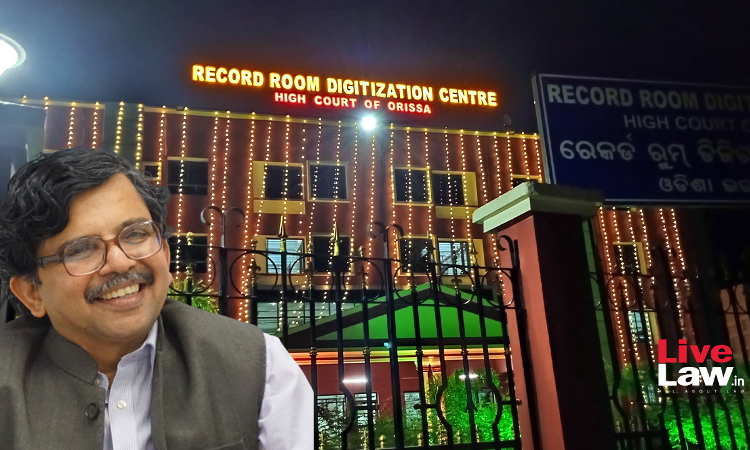The Orissa High Court observed the 'First Anniversary' of the Record Room Digitization Centre ('RRDC') on Friday at the Odisha Judicial Academy, Cuttack. The event witnessed the virtual presence of Dr. Justice Dhananjaya Y. Chandrachud, Judge, Supreme Court of India and the Chairperson of the Apex Court's E-Committee as the 'Chief Guest'. Chief Justice of the Orissa High Court...

